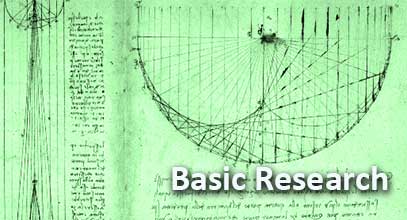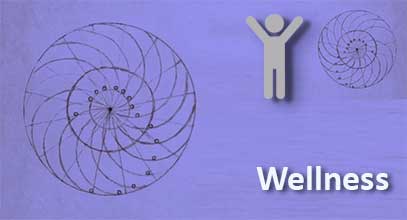Home
29 November 2023
In this first-of-its-kind neurophenomenological study BM-Science researchers investigated the dynamic configuration and the levels of variability of the “Self”-, “Me”-, and “I”- components that comprise a complex experiential Selfhood across 16 distinct modes covering a range of healthy-normal, altered, and pathological brain states.
16 August 2023
The hypnosis research, conducted by the BM-Science researchers in collaboration with Dr. Sakari Kallio and Dr. Antti Revonsuo, had been named as groundbreaking by the National Council For Hypnotherapy (UK).



